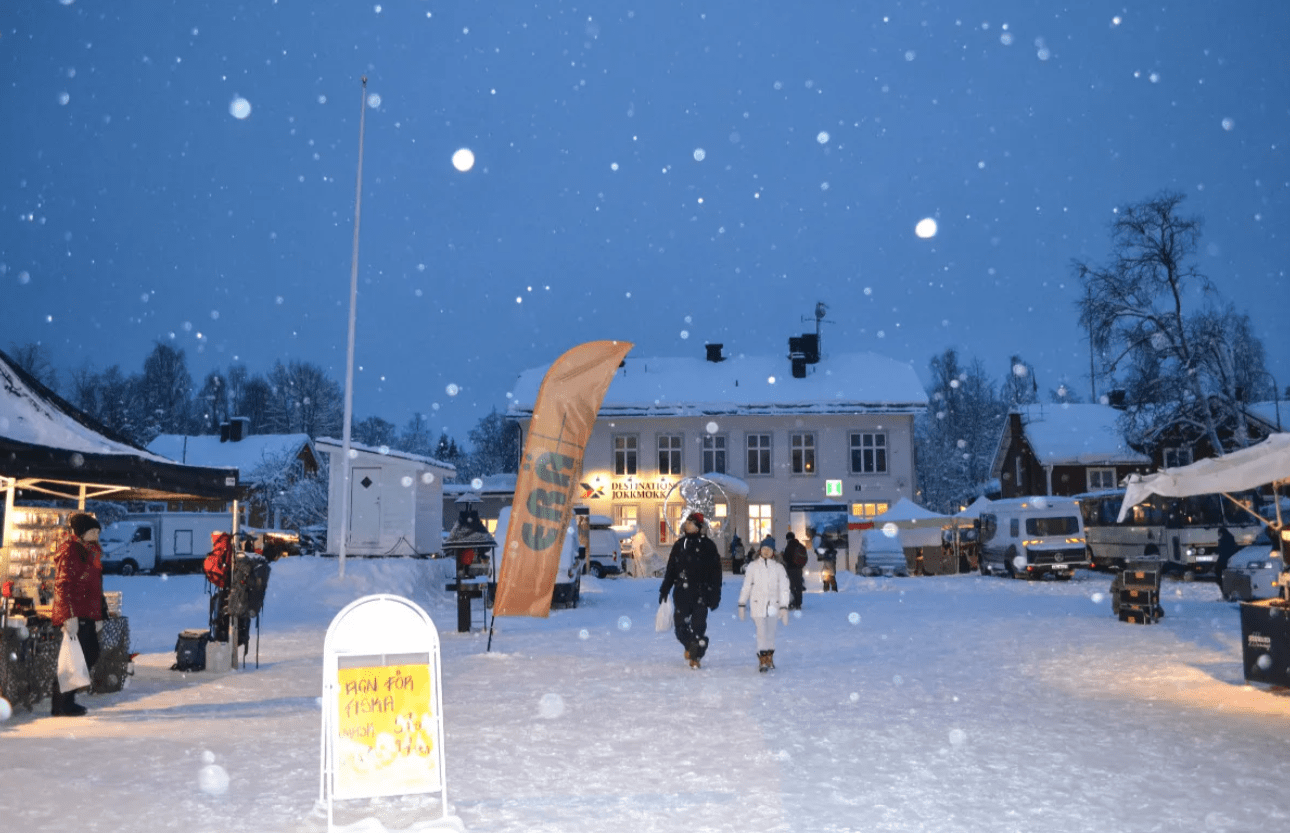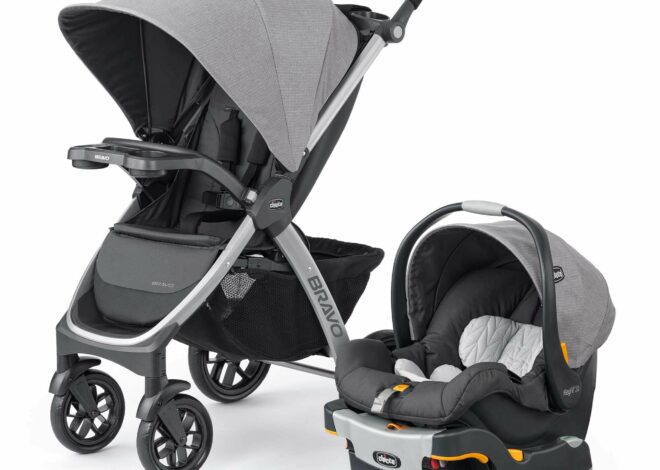
Exploring Sami Culture in Jokkmokk: A Responsible Travel Guide
Jokkmokk, a charming town in Swedish Lapland, is the heart of Sami culture, offering travelers a unique opportunity to learn about the indigenous Sami people’s traditions, history, and way of life. Located above the Arctic Circle, this vibrant community is famous for its annual Jokkmokk Winter Market, stunning natural landscapes, and deep cultural heritage. For responsible travelers, Jokkmokk provides an authentic, respectful way to engage with Sami culture while supporting local communities. This 2000-word article serves as a beginner-friendly guide to exploring Sami culture in Jokkmokk, covering key attractions, ethical practices, cultural experiences, and practical tips, all written in a simple, accessible style for those new to the region.
Who Are the Sami People?
The Sami are the indigenous people of Sápmi, a region spanning northern Norway, Sweden, Finland, and Russia. In Jokkmokk, the Sami have lived for thousands of years, traditionally relying on reindeer herding, fishing, and crafting. Their culture is rich with storytelling, joik (traditional singing), and a deep connection to nature. For those new to Sami history, foonenzo com offers engaging insights into indigenous cultures in Scandinavia.
Why Jokkmokk Is Special
Jokkmokk is a cultural hub for the Sami in Sweden, home to institutions like the Ájtte Museum and events like the Jokkmokk Winter Market. Its location in Lapland, surrounded by forests, lakes, and mountains, makes it a gateway to both cultural exploration and Arctic adventures. The town’s small size ensures an intimate, authentic experience. For planning a cultural trip, wrioni com provides beginner-friendly guides to Lapland destinations.
The Jokkmokk Winter Market
Held every February for over 400 years, the Jokkmokk Winter Market is a vibrant celebration of Sami culture, attracting thousands of visitors. The market features Sami crafts, reindeer races, joik performances, and traditional foods like smoked reindeer meat. It’s a lively way to immerse yourself in Sami traditions respectfully. For festival tips, buzzpressdirect com breaks down the highlights of Jokkmokk’s market.
Visiting the Ájtte Museum
The Ájtte Swedish Mountain and Sami Museum is a must-visit in Jokkmokk, offering exhibits on Sami history, clothing, and reindeer herding. Interactive displays and artifacts, like duodji (Sami handicrafts), provide a deep dive into the culture. The museum emphasizes sustainable practices, making it a responsible choice. For museum recommendations, pikkachoo com shares practical advice for cultural visits.
Learning About Reindeer Herding
Reindeer herding is central to Sami identity, and Jokkmokk offers opportunities to learn about this tradition ethically. Guided tours with Sami families, like those offered by Nutti Sámi Siida, explain herding practices and the animals’ role in Sami life. Always choose operators who prioritize animal welfare and cultural respect. For responsible tour tips, nlizzy com provides beginner-friendly suggestions.
Experiencing Sami Crafts (Duodji)
Sami craftsmanship, known as duodji, includes intricate items like woven belts, silver jewelry, and reindeer leather goods. In Jokkmokk, shops like Stoorstålka sell authentic, locally made products. Buying directly from Sami artisans supports the community and ensures ethical purchases. For craft shopping advice, shopgio com highlights sustainable souvenirs in Lapland.
Hiking in Jokkmokk’s Surroundings
Jokkmokk’s natural beauty complements its cultural offerings, with trails in Muddus National Park and Sarek National Park nearby. These hikes offer a chance to connect with the land sacred to the Sami, but always stick to marked paths to avoid disturbing wildlife or sacred sites. For hiking ideas, hikesfun com offers simple guides to Lapland’s trails.
Responsible Photography
Photography is a great way to capture Jokkmokk’s beauty, but responsible travelers should ask permission before photographing Sami people, especially during cultural events. Avoid sacred sites, like certain mountains, which may be off-limits. Use your camera to document landscapes or market stalls respectfully. For photography etiquette, jimkys com shares practical tips for cultural travel.
Trying Sami Cuisine
Sami cuisine reflects the Arctic environment, featuring ingredients like reindeer, fish, and berries. In Jokkmokk, restaurants like Ájtte Museum Café serve dishes such as suovas (smoked reindeer) and lingonberry desserts. Opt for locally sourced meals to support sustainable practices. For foodie recommendations, jinnga com highlights Jokkmokk’s culinary scene.
Learning Basic Sami Phrases
Learning a few Sami phrases shows respect and enhances your experience. Simple words like “Bures” (hello) or “Giitu” (thank you) in Northern Sami can open conversations with locals. Language apps or guided tours often teach basic phrases. For cultural language tips, drinss com provides beginner-friendly resources for travelers.
Ethical Sami Tours
Choose tours led by Sami guides to ensure authenticity and respect. Operators like Sápmi Nature Camp offer immersive experiences, including storytelling and traditional meals in lavvu tents. Avoid exploitative tours that treat Sami culture as a spectacle. For ethical tour advice, site:foonenzo.com shares practical guidelines for responsible travel.
Supporting Sami-Owned Businesses
Supporting Sami-owned businesses, such as Jokkmokkguiderna for tours or Sami Duodji for crafts, directly benefits the community. Look for certifications like the Sápmi Experience label to ensure authenticity. Your purchases help preserve cultural traditions. For supporting indigenous businesses, site:wrioni.com offers beginner-friendly suggestions.
The Importance of Cultural Sensitivity
Responsible travel means respecting Sami customs, such as avoiding touching sacred objects or entering restricted areas. Listen to guides’ instructions and ask questions to learn, not challenge, traditions. This approach fosters meaningful connections. For cultural sensitivity tips, site:buzzpressdirect.com provides simple advice for travelers.
Jokkmokk’s Summer Festivals
While the Winter Market is famous, Jokkmokk’s summer events, like the Sami Days Festival, celebrate culture with joik workshops, craft markets, and outdoor activities. These smaller gatherings offer a relaxed way to engage with locals. For summer festival ideas, site:pikkachoo.com highlights Jokkmokk’s cultural events.
Exploring the Arctic Landscape
Jokkmokk’s Arctic setting, with its midnight sun in summer and northern lights in winter, enhances cultural visits. Kayaking on Lule River or hiking in Kvikkjokk lets you experience the land the Sami cherish. Always follow Leave No Trace principles. For Arctic adventure tips, site:nlizzy.com shares beginner-friendly itineraries.
Staying in Jokkmokk
Jokkmokk offers budget-friendly accommodations like Hotell Jokkmokk, with rooms starting at €80 per night, or STF Jokkmokk Hostel, with dorms from €30. These central options are close to the Ájtte Museum and market square, ideal for solo or group travelers. For lodging advice, site:shopgio.com provides simple recommendations for Lapland stays.
Getting to Jokkmokk
Jokkmokk is accessible by night train from Stockholm to Murjek (12 hours), followed by a 1-hour bus ride, a green option for responsible travelers. Alternatively, fly to Luleå (2 hours from Stockholm) and take a 2-hour bus. Driving from Luleå takes 2.5 hours. For travel logistics, site:hikesfun.com offers practical tips for reaching Lapland.
Packing for Jokkmokk
Pack for Jokkmokk’s variable weather: a waterproof jacket, warm layers (even in summer), and comfortable shoes for walking or hiking. Bring a reusable water bottle and a small notebook for jotting down cultural insights. Avoid flashy clothing to blend in respectfully. For packing tips, site:jimkys.com shares beginner-friendly checklists.
Day Trips from Jokkmokk
Jokkmokk is a great base for day trips. Visit Storforsen, Europe’s largest rapids, a 1-hour drive away, or explore Gällivare, a Sami cultural hub 1.5 hours north. These trips add variety while keeping Jokkmokk as your cultural base. For day trip ideas, site:jinnga.com provides simple itineraries.
Why Responsible Travel Matters
Exploring Sami culture responsibly preserves Jokkmokk’s heritage and supports the Sami community. By choosing ethical tours, respecting traditions, and supporting local businesses, you contribute to sustainable tourism. This approach ensures future generations can experience Sápmi’s beauty. For responsible travel tips, site:drinss.com highlights ethical practices in Lapland.
Conclusion: A Cultural Journey Awaits
Jokkmokk offers a window into Sami culture through its markets, museums, and authentic experiences, all set against Lapland’s stunning Arctic backdrop. By traveling responsibly—supporting Sami artisans, choosing ethical tours, and respecting traditions—you’ll create meaningful memories. Whether attending the Winter Market or hiking in Muddus, Jokkmokk is a cultural gem. Plan your trip with resources like drinss com and embark on a respectful journey into Sami culture.

